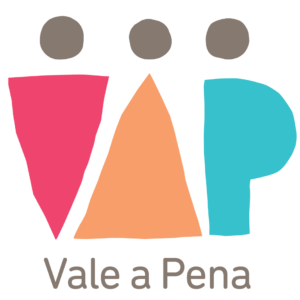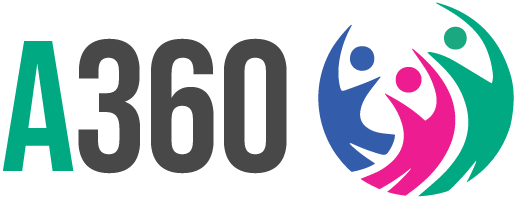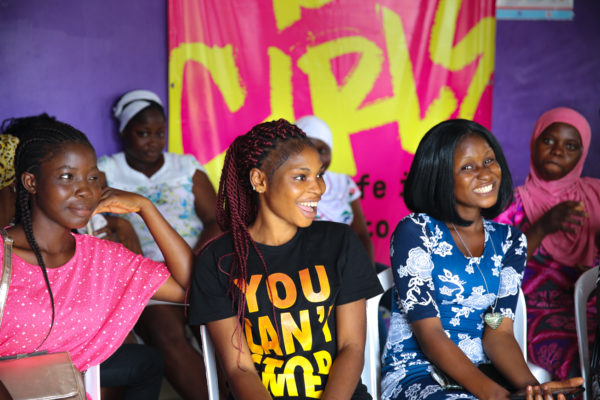This piece is a part of A360’s replication series on the UK Aid-funded Vale-a-Pena project. With and for young people, Vale-a-Pena is proving the power in applying A360’s youth-powered approach to determine what it takes to enact effective, resonant and ultimately lasting adolescent and youth sexual and reproductive health (AYSRH) behavior change in Mozambique – and beyond.
By Micaela Rodrigues, Marketing Director, PSI Mozambique and Emma Beck, Associate Communications Manager, PSI
When in a pandemic, time is of the essence.
As frontline health workers gear up for COVID-19, priming providers and mobilizers with the information and guidance to respond to the virus remains imperative.
And with lives on the line, there’s no room for error.
That’s why in two weeks, PSI Mozambique, alongside communications and marketing leads across sister organizations and the Ministry of Health, developed animated COVID-19 training videos. The team’s diverse perspectives supported partners to lean on each other’s strengths in achieving the common goal: equipping health workers to fold COVID-19 protection and prevention measures into existing health outreach and service provision.
The videos cover seven modules, all defined by Mozambique’s Ministry of Health (MOH):
- COVID-19: transmission and symptoms
- Prevention measures
- Best practices for hand washing
- Nutrition
- Cultural sensitivities
- Safe practices for community outreach
- Recommendations for mask use
Partners will share each video across low-bandwidth digital platforms, such as WhatsApp, with a corresponding link to a knowledge survey to capture health workers’ understanding of COVID-19 per videos viewed.
From the partnership that led to the development of the training videos, to the measures emplaced to move at speed, PSI Mozambique’s experience offers a case study for how NGOs and government ministries can lean on each other’s strengths to efficiently and effectively respond to extraordinary circumstances.
We chatted with PSI Mozambique’s Marketing Director Micaela Rodrigues for the learnings gained from the collaborative COVID-19 response.
LESSON 1: NO ONE ORGANIZATION SHOULD RESPOND TO COVID-19 ALONE.
For those tasked with responding to COVID-19, melding minds allows all – public health implementers and Ministry of Health members, alike – to lean on each other’s strengths, all while divvying up responsibilities before the crisis hits its peak.

PSI: In Mozambique, seven point-people from partner organizations and the Ministry of Health joined a COVID-19 task force. What ground rules did partners set to establish an efficient, working partnership?
Micaela Rodrigues: From the get-go, we agreed this would not be a brand or logos competition. This wasn’t the space for one partner to shine; to serve health workers, and by extension consumers, with quality and trusted COVID-19 protection and prevention information, we needed to work together.
PSI: From myths and misperceptions to bandwidth limitations, how did partners collaborate to identify and address contextual challenges?
Rodrigues: Each organization contributed guidelines around priority areas they were most familiar with.
Take our work around COVID-19 misconceptions. We knew that, in parts of the country, people thought washing their mouths with hot water and vinegar would kill COVID-19. But what other myths were out there? Leaning on their vast network of community volunteers, the Red Cross took on the work, preparing a document outlining the various myths on the community-levels – and by extension, what type of training material frontline workers would need to get out ahead. Building from the Red Cross’ research, the task force devised a “Myths and Truths” communication strategy – including content debunking hot water and vinegar as a COVID-19 cure.
LESSON 2: THERE’S NO ROOM FOR ERROR – BUT SO TOO, THERE’S NO TIME FOR PERFECT TO SLOW DOWN THE PROCESS.
With myths abound, the COVID-19 working group knew: the longer partners waited to equip frontline staff to implement protection and prevention measures, the greater the implications. Perfect could not be the enemy of good.
PSI: What’s needed to support rapid response?
Rodrigues: For one, a strict schedule, and a collective agreement that approvals had to adhere to deadlines. We also accepted that, during a national emergency, no one needs to reinvent the wheel. We could leverage existing trust and familiarity to reach and resonate with end-users.
- On approvals: As we created the training videos, we agreed that approvals could not delay our process. We set deadlines and we stuck to them, whether or not we had approvals from each partner for each output developed.
- On not reinventing the wheel: We looked to existing platforms that health workers know and use. Our mobilizers like WhatsApp; it works well in low-bandwidth settings. We thought: why not share our training tools directly through the app? It allows us to both easily reach health workers and support them to forward the video along to their networks, too.
And we leaned on PSI’s own experience producing videos in the past for social behavior change (SBC) campaigns, like PSI Mozambique’s feature film, Aquele Papo, and mobilization videos used by health workers in PSI Mozambique’s adolescent SRH project Vale a Pena. We’ve done this before – and we know it works.
- On leveraging existing trust: Trust is a huge factor; up against the clock, we opted to build from what end-users know, rather than build a dedicated, new brand. All videos and corresponding surveys including the MOH logo to clearly identify content as credible. And we engaged influencers, like Hot Blaze – a Mozambican rapper – to capture the attention of end-users already familiar with a public figure who, before COVID-19, engaged in social behavior change campaigns that sought to support young people with their sexual and reproductive health (SRH) choices.
LESSON 3: NORMALLY, SEGMENT SOLUTIONS PER TARGET POPULATIONS. BUT IN RAPID RESPONSES, SOLUTIONS SHOULD ACCOUNT FOR ACCESSIBILITY ACROSS THE BOARD.
The COVID-19 working group developed seven animated training videos, with the ability to overlay voice-overs (and thus, any language) – making the videos easily adaptable for use across (and even outside) the country.
Rodrigues: It’s all about partnerships; the MOH is supporting us to translate into Mozambique’s local languages. And we’re working with a local agency to add a sign language option, too.
LESSON 4: ACCEPT THAT YOU’LL NEED TO ADAPT SOLUTIONS IN REAL-TIME.
The pandemic is ever-changing; and, by extension, messaging around COVID-19 is too. As partners support health workers to drive forward COVID-19 awareness, attention must also focus on gaps frontline staff may face in their ability to deploy protection and prevention measures.
PSI: With social distancing measures in place, what mechanisms support teams to understand if the training videos resonate – and, by extension, how to make any adjustments, in response?
Rodrigues: We’re sharing the training videos through WhatsApp with a corresponding link to a knowledge survey; this allows health workers to self-evaluate their COVID-19 knowledge based on the video they’ve just seen. The survey collects their names, organizations and phone numbers allowing us to track who engages with the video. Survey results are sent to community-level agents/supervisors who can quickly clarify and/or offer guidance. Agents and supervisors have access to an MOH hotline should they have questions as they support health workers to get up to speed.
Moreover, link trackers (like bit.ly) and backend web analytics enable us to assess, in real-time, the number of viewers who click on the survey, from where they hail from and for how long they remain on the site.
We’re in week one of disseminating the videos; but, with time, the data points will allow us to understand where our efforts work or don’t work – and what amendments we’ll need to make to keep viewers engaged in both the videos and corresponding survey.
Curious to learn more? Drop Micaela Rodrigues a note ([email protected]).

Learn more about how Mozambique’s Vale-a-Pena intervention is applying the A360 Blueprint for AYSRH Change to reimagine how young Mozambicans access modern contraception, today.






